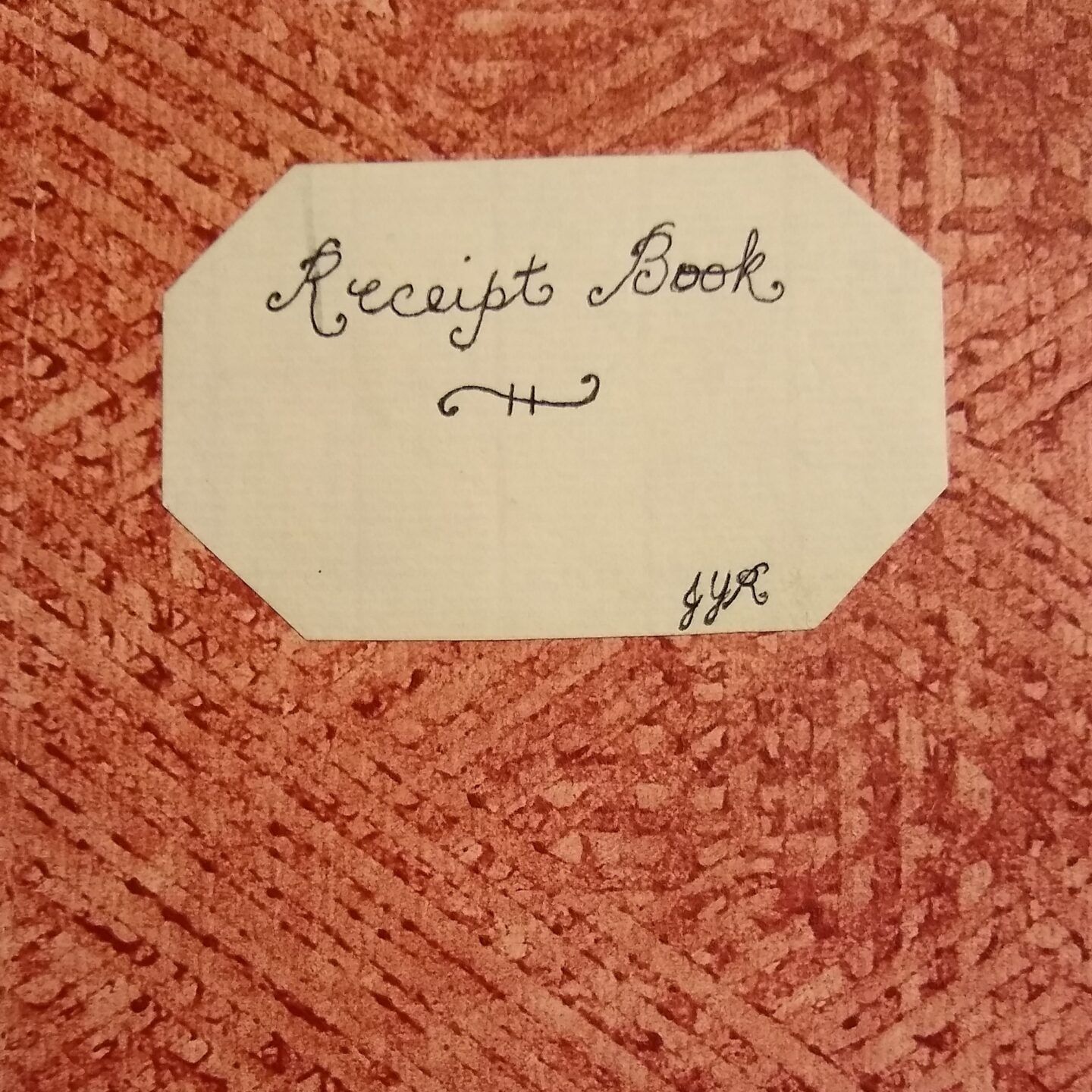A quick discussion about my new header pic for recipe blog posts. I am still getting better at putting pictures at the top of my blog posts, and I also want to be very careful about copyright law. I either use Creative Commons pictures, or I use my own pictures on this website. For the blog posts that I have with recipes in them, I have created a new header picture to use of a receipt book I made when I worked at the museum. I think a lot of people might be a bit confused as to why it says Receipt instead of Recipe, so I thought I would do a quick explanation of the difference. Up until the mid 19th century, cookbooks had receipts, not recipes, in them. A lot of this had to do with cooking over a hearth. There was simply too much variability in cooking conditions to give specific instructions for how to cook. The authors had to be vague on instructions to take into account all the different conditions that might be present. The type of hearth being used, the wood type, the cooking vessels, the time of year (weather, humidity, temp, type of raw ingredients available, etc) would all create very different options for the home cook. Even today, most cooking shows will give instructions on how to test your oven temp with a good thermometer if your baking times are different than stated, and everyone who has cooked on different surfaces (gas, electric, and especially induction) knows how different they can cook for the same dish. Multiply these variables by several factors and you get the problem for the authors of 18th century cookbooks. So instead of a recipe with specific instructions, you had a receipt that listed the items you needed and guidelines for cooking them. There were often substitution options for different spices, vegetables, and containers, heat instructions such as a ‘slow’ oven vs a ‘quick’ oven, and the all purpose ‘cook until done’ for time. All of this meant that a cook needed to be skilled in understanding how a receipt would be applied for a particular kitchen and time.
If you want to see a typical 18th century receipt, here is one from England, describing how to make Pigeons in Paste–Fill the belly of the Pigeon with Butter, a little Water, some Pepper and Salt, and cover it with a thin light Paste, and then to put it in a fine Linen Cloth, and boil it for a time in proportion to its bigness, and serve it up. When this is cut open, it will yield Sauce enough of a very agreeable Relish. The Country Housewife and Lady’s Director, Richard Bradley, 1736. Try giving that to today’s cook and see what they say about it! After years of experience reading and using this type of receipt, I could make this without too much trouble, but I wouldn’t want to serve it to guests the first time I made it. However, this gives a good example of the types of instructions in a published 18th century cookbook. If you were to look at a manuscript cookbook, you might have even less. I have seen major ingredients left off that I know are part of it, because the writer assumed they would remember the obvious ones and didn’t need to record them.
So that is the difference between recipe and receipt. For my own cooking, I still look at recipes like I do receipts. They are more strong suggestions to achieve a particular outcome than they are strict rules. I am always happy to change things I don’t like, or want to do a different way. This is why I am a good cook, but only a reluctant baker. Baking is much less forgiving of guesses and ‘good enough’ measurements. Personally, I consider cooking an art and baking a science, though I am sure that bakers might disagree!

